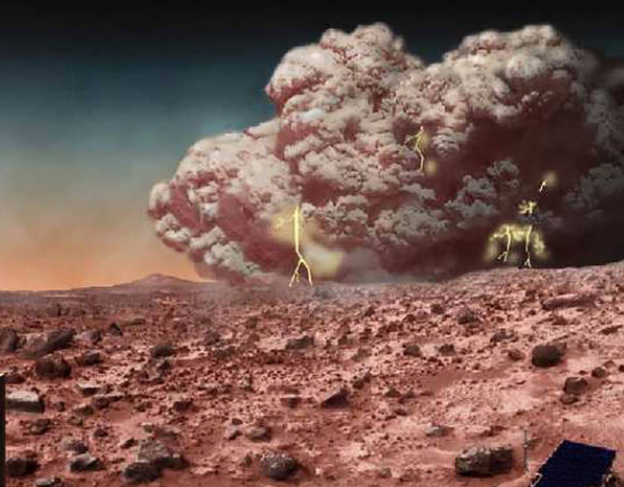
[Satnews] The National Aeronautics and Space Administration (NASA) and Harmonic (NASDAQ: HLIT) announces that they are partnering to launch NASA TV UHD, the first consumer UHD channel in North America. Utilizing an end-to-end UHD video delivery system from Harmonic, NASA can deliver live and linear 2160p60 video content, enabling consumers to enjoy crystal-clear footage on a wide range of television and IP-connected devices. A test signal of NASA TV UHD is currently available on the AMC 18C satellite, with an expected launch date of November 1, 2015. The partnership is the result of a Space Act Agreement between Harmonic and the agency’s Marshall Space Flight Center in Huntsville, Alabama.

“Partnering with Harmonic gives NASA an outlet for its UHD content, which has four times the resolution of HD and is the next iteration of digital television,” said Robert Jacobs, deputy associate administrator for NASA’s Office of Communications at the agency’s headquarters in Washington.
NASA TV UHD video is being sourced from high-resolution images and video generated on the International Space Station (ISS), Hubble Space Telescope, and other current NASA missions. Programming will also include remastered footage from historical missions, shots from NASA’s development and training processes, and ultimately live launches. Leveraging the 8M pixel resolution of the UHD format, the channel will create the closest possible experience to looking out of the viewing Cupola of the ISS, for example.
Like the current NASA TV channels and on the same transponder, NASA TV UHD will be transmitted via the AMC-18C satellite, in the clear, with a North American footprint. Harmonic is currently in discussions with pay-TV operators to carry the channel on their satellite DTH, cable and optical networks, for consumer access. The channel will also be streamed on the Internet, which will require at least 13 Mbps access connectivity to receive the signal and achieve the UHD experience.

The fact and fiction of Martian dust storms.
Transmitted from NASA’s Atlanta uplink facility, remotely produced by Harmonic and jointly operated, the complete infrastructure includes examples of Harmonic’s Ellipse® 3000 contribution encoder, ProView™ 7100 integrated receiver-decoder (IRD), MediaGrid shared storage system, Polaris™ playout management suite, Spectrum™ X advanced media server system, Electra™ X3 advanced media processor, ProMedia® Origin packager and streaming video server and NSG™ Exo distributed CCAP system.
A key element in the UHD workflow is Harmonic’s Electra X3 advanced media processor, the industry’s first converged media processor for UHD content with live, full-frame, full-GOP UHD encoding. Powered by the Harmonic PURE Compression Engine™, an advanced encoding technology that supports resolutions up to 2160p60 (HEVC Main 10) for broadcast and OTT multiscreen delivery, the Electra X3 enables NASA to deliver superior video quality at minimum bandwidth.
“As NASA reaches new heights and reveals the unknown, the NASA TV UHD channel can bring that journey to life in every home. And as organizations at the forefront of innovation, together we are leading the adoption of this exciting technology,” said Peter Alexander, CMO, Harmonic. “As the leader in UHD development, Harmonic provides a complete solution for Ultra HD video production and delivery, enabling content and service providers to offer better video quality at a low total cost of ownership.”
NASA and Harmonic have also begun discussions about adding high dynamic range (HDR) and expanded color-space technologies to the channel as standards emerge. Some testing is expected before the end of the year.
For more information on NASA TV programming.

